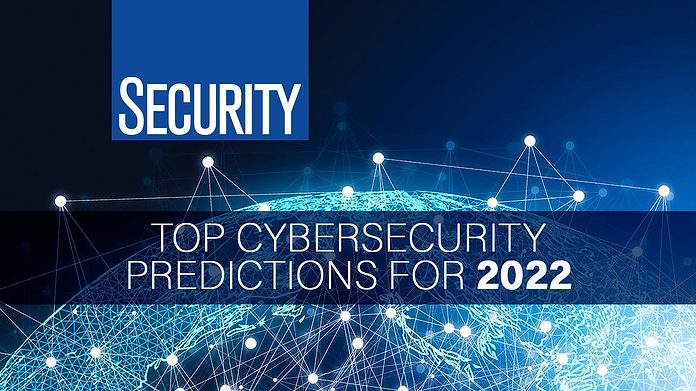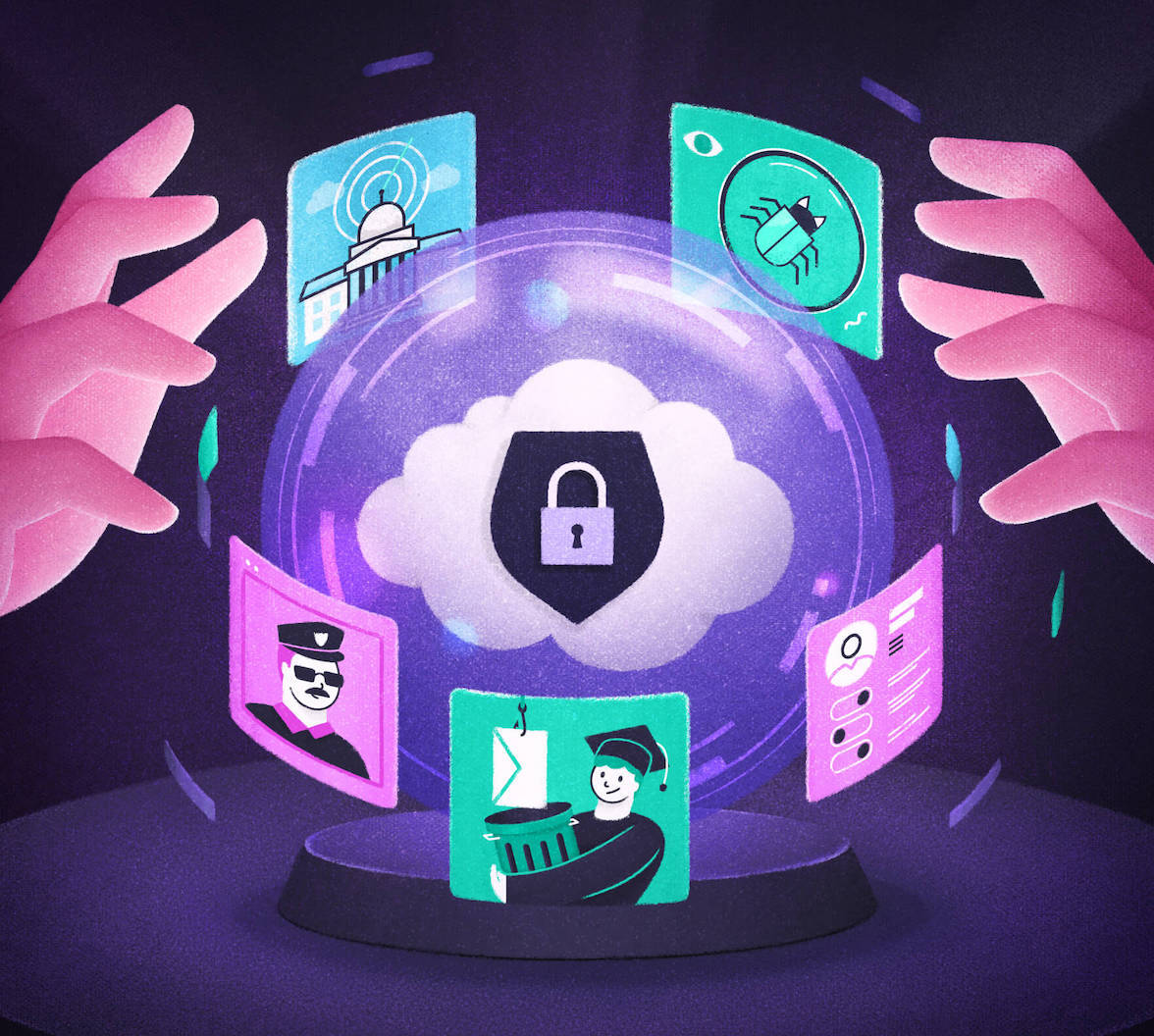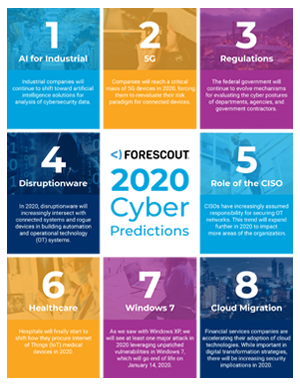The Following Frontier: Insightful Cybersecurity Forecasts for the Coming Year
As we come close to the new year, the cybersecurity landscape is on the verge of remarkable improvement. Key factors such as the assimilation of advanced AI modern technologies, the unpreventable surge of advanced ransomware, and the tightening of information privacy laws are shaping the future of electronic safety. The ongoing occurrence of remote job proceeds to reveal new susceptabilities that companies have to navigate. Recognizing these dynamics is necessary for anticipating the difficulties in advance and strategically strengthening defenses, yet the effects of these changes stay to be totally explored.
Increase of AI in Cybersecurity
In the swiftly developing landscape of cybersecurity, the combination of expert system (AI) is emerging as a critical pressure in boosting threat detection and reaction capacities. AI modern technologies, such as artificial intelligence formulas and deep discovering models, are being progressively deployed to assess large amounts of data and determine patterns a sign of safety hazards. 7 Cybersecurity Predictions for 2025. This makes it possible for organizations to proactively address vulnerabilities prior to they can be made use of
The surge of AI in cybersecurity is particularly considerable in its capacity to automate regular tasks, allowing human experts to concentrate on more complex safety concerns. By leveraging AI, cybersecurity teams can lower response times and enhance the precision of hazard assessments. Additionally, AI systems can adapt and find out from new threats, continually refining their detection devices to remain in advance of malicious stars.
As cyber hazards become much more advanced, the demand for innovative services will drive more financial investment in AI modern technologies. This fad will likely result in the advancement of enhanced safety devices that include predictive analytics and real-time surveillance, inevitably strengthening organizational defenses. The transition in the direction of AI-powered cybersecurity solutions stands for not simply a technical shift however a basic adjustment in exactly how organizations approach their safety and security techniques.
Boost in Ransomware Attacks
Ransomware strikes have actually become a prevalent danger in the cybersecurity landscape, targeting organizations of all dimensions and across different sectors. As we advance right into the coming year, it is anticipated that these attacks will not only boost in regularity but also in sophistication. Cybercriminals are leveraging sophisticated tactics, including making use of synthetic intelligence and artificial intelligence, to bypass typical security procedures and manipulate vulnerabilities within systems.
The escalation of ransomware assaults can be credited to several variables, including the rise of remote job and the expanding dependence on digital solutions. Organizations are often not really prepared for the advancing danger landscape, leaving critical infrastructure vulnerable to breaches. The financial effects of ransomware are incredible, with business facing substantial ransom needs and possible long-lasting operational disruptions.
Furthermore, the pattern of double extortion-- where attackers not just secure information yet additionally threaten to leakage sensitive information-- has actually acquired traction, further pushing targets to abide with demands. Because of this, businesses need to focus on durable cybersecurity procedures, consisting of regular back-ups, staff member training, and occurrence action preparation, to reduce the threats linked with ransomware. Failure to do so could cause devastating repercussions in the year in advance.
Evolution of Information Privacy Regulations
The landscape of information personal privacy regulations is undertaking significant transformation as federal governments and companies react to the enhancing issues bordering personal information security. In the last few years, the execution of detailed structures, such as the General Information Protection Guideline (GDPR) in Europe and the California Customer Personal Privacy Act (CCPA) in the USA, has actually set a precedent for more stringent personal visit site privacy legislations. These guidelines emphasize customers' civil liberties to regulate their information, mandating transparency and liability from companies that collect and process personal info.

In addition, organizations will certainly need to enhance their compliance strategies, investing in innovative modern technologies and training to safeguard sensitive information. The evolution of data privacy regulations will not only impact how businesses operate but also shape consumer assumptions, cultivating a society of trust fund and security in the electronic landscape.
Development of Remote Job Vulnerabilities
As organizations continue to embrace remote work, susceptabilities in cybersecurity have actually significantly pertained to the leading edge. The shift to flexible work setups has actually subjected vital gaps in safety and security protocols, specifically as workers gain access to sensitive information from different places and devices. This decentralized workplace creates an expanded strike surface area for cybercriminals, who exploit unsafe Wi-Fi networks and personal devices to penetrate business systems.

To reduce these susceptabilities, organizations go now need to prioritize detailed cybersecurity training and implement robust safety frameworks that include remote job scenarios. This consists of multi-factor verification, regular system updates, and the facility of clear methods for data gain access to and sharing. By resolving these vulnerabilities head-on, firms can foster a much safer remote work environment while preserving operational resilience when faced with advancing cyber risks.
Improvements in Hazard Detection Technologies


Positive risk detection has actually ended up being a cornerstone of modern cybersecurity approaches, showing the urgent demand to combat increasingly sophisticated cyber hazards. As companies face an advancing landscape of susceptabilities, advancements in hazard detection technologies are essential in mitigating dangers and boosting safety postures.
One remarkable pattern is the assimilation of man-made knowledge and artificial intelligence into hazard detection systems. These modern technologies enable the evaluation of vast quantities of data in genuine time, enabling the identification of abnormalities and potentially harmful tasks that may evade standard security steps. In site addition, behavioral analytics are being carried out to develop baselines for typical customer activity, making it much easier to detect discrepancies a measure of a violation.
Furthermore, the surge of automated hazard intelligence sharing systems promotes joint protection efforts across industries. This real-time exchange of details improves situational understanding and accelerates feedback times to arising threats.
As organizations remain to purchase these advanced technologies, the efficiency of cyber protection mechanisms will considerably enhance, encouraging security teams to stay one step ahead of cybercriminals. Ultimately, these developments will play a crucial function in forming the future landscape of cybersecurity.
Verdict
In recap, the approaching year is anticipated to witness transformative growths in cybersecurity, driven by the combination of AI technologies and a notable rise in ransomware assaults. Overall, these advancing characteristics underscore the critical relevance of adapting to an ever-changing cybersecurity landscape.